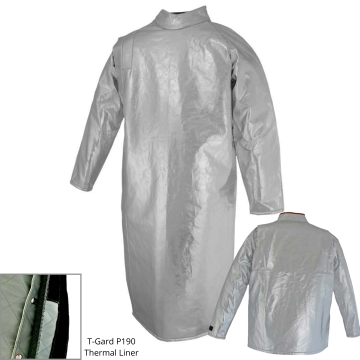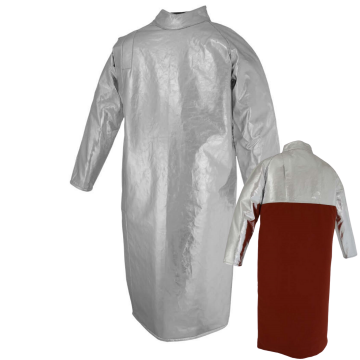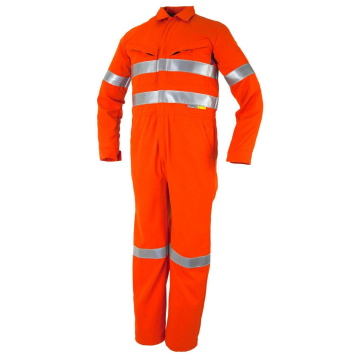Difference Between Primary and Secondary Protective Clothing

Foundries can be dangerous places, but they are not uniformly so. A worker is more at risk while pouring molten metal than they are while walking around a quieter area, and safety regulations account for this by requiring more protective layers. Foundry protective clothing can be grouped into two categories: primary protective clothing and secondary protective clothing.
Primary Protective Clothing
Primary protective clothing is used for specific dangerous tasks, such as charging, taping, and pouring molten metal, and is removed afterwards. It is this outer layer of a personal protective equipment system that is used as the first line of defence against hazards like molten metal splashes.
Many different garments can be put together to create this layer, including jackets, coats, hoods, full-body approach suits, pants, coveralls, leggings, overshoes, and spats. Not every task requires the same amount of coverage, and many combinations can be used for the right level of protection.
The materials vary according to what hazard the primary protective clothing is designed for. Many are ‘aluminised’, which involves a base fabric being finished with an aluminised coating. These types are most useful for environments with serious heat threats, such as fire risk or radiant heat sources.
Secondary Protective Clothing
When primary protective clothing is pulled on and off, the worker keeps wearing their secondary protective clothes underneath. It is the everyday clothing designed to be more comfortable, while still providing a shield between the worker and nearby hazards. Should anything get through the primary protective clothing, the secondary protective clothing provides an additional protective layer to keep the hazard away from the skin.
Secondary protective clothing is also the only protection worn during general foundry work. They can redirect the worst of nearby heat, and elements such as gloves work to prevent cuts and abrasions.
It is important that secondary protective clothing fits well. Badly worn garments can create folds that catch and hold molten metal, rather than allowing it to slide off quickly. Other potential issues include pockets and flaps, which can catch molten metal or buttons that heat up near hazards.
Two Types of Secondary Protective Clothing
There are two types of fire-resistant secondary protective clothing.
1. Treated Fire-Resistant Fabrics
These are created by applying a flame-retardant chemical to the fabric, forming a strong bond that is difficult to wash out.
2. Inherent Fire-Resistant Fabrics
These are made out of fibres which are naturally resistant to fire, and therefore can never be washed away. Unlikely treated fabrics, this resistance is permanent.
Elliotts has a wide range of both primary and secondary layer protective clothing. Each of our products are designed to the highest of standards and there is something suitable for everyone.
CONTACT US
If you would like to learn more about our protective clothing options, get in contact with us on 07 3265 2944 or talk to our Sales Team at sales@elliotts.net.







